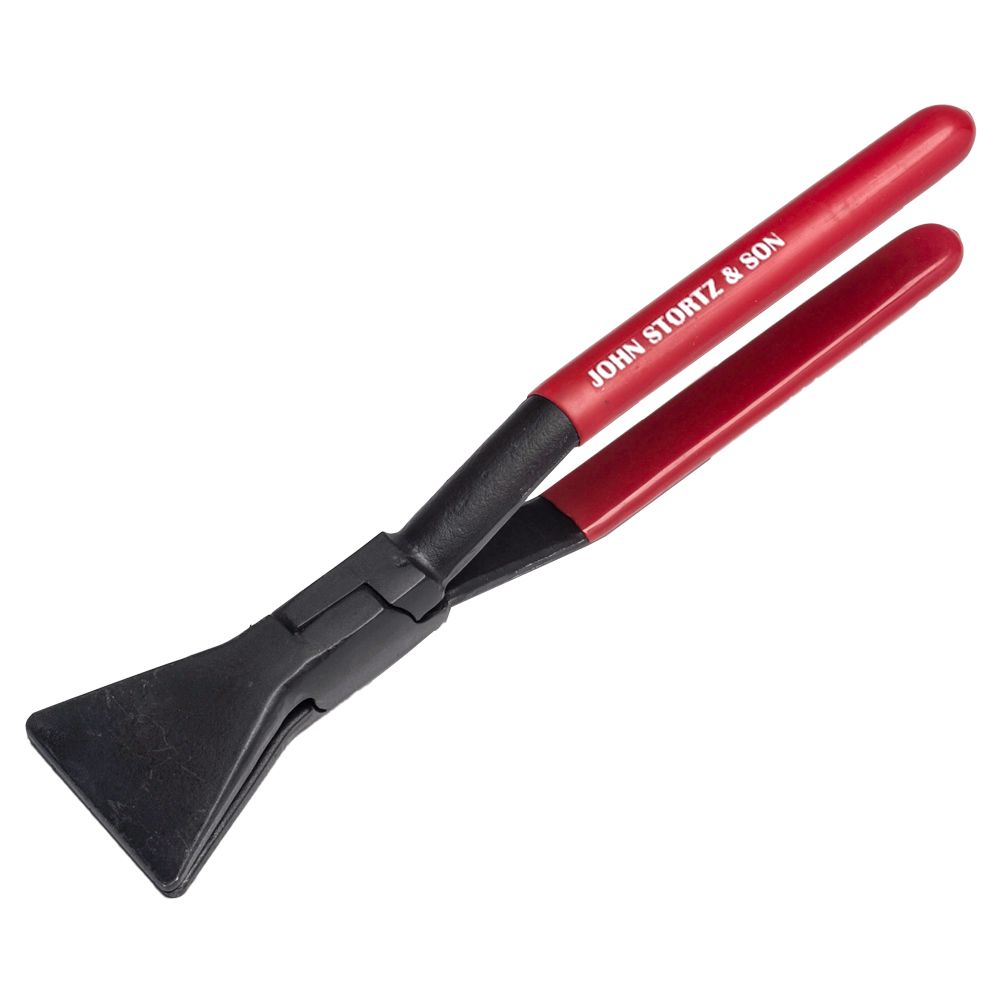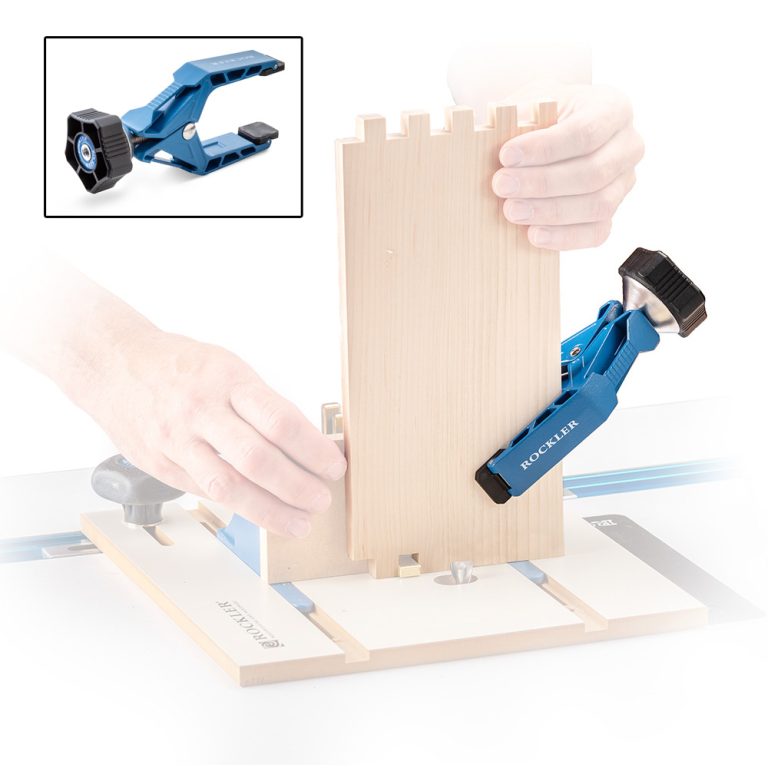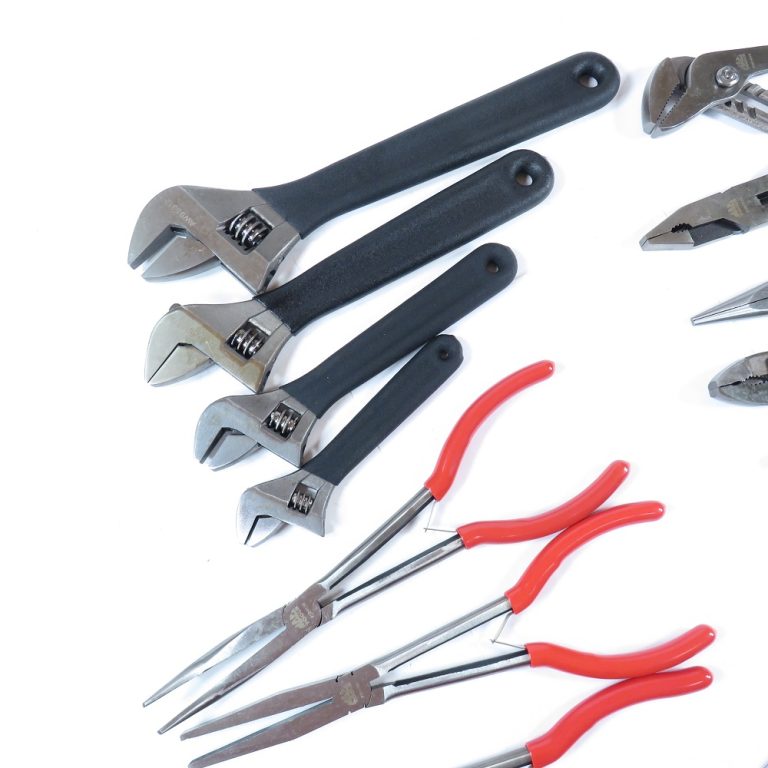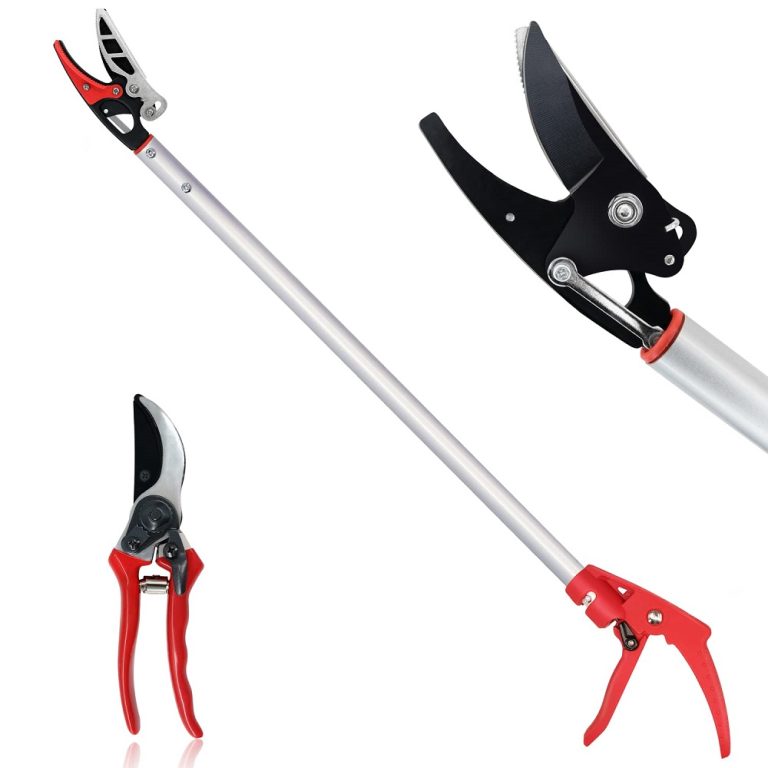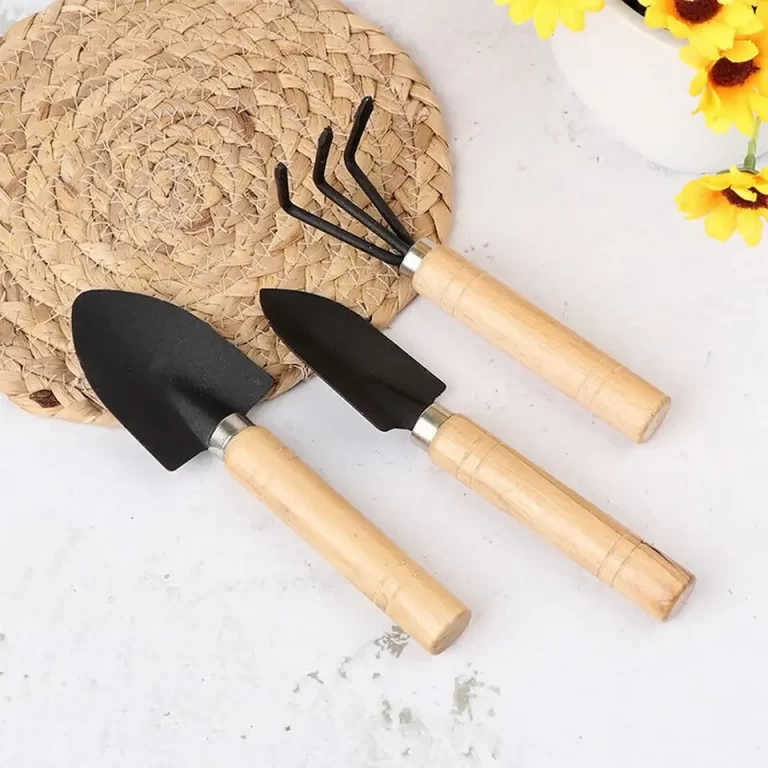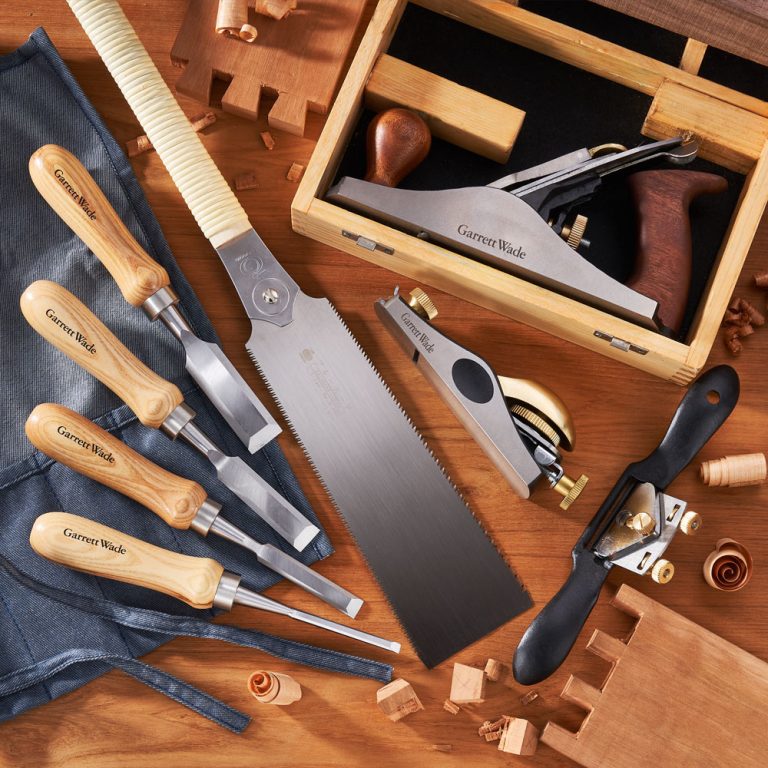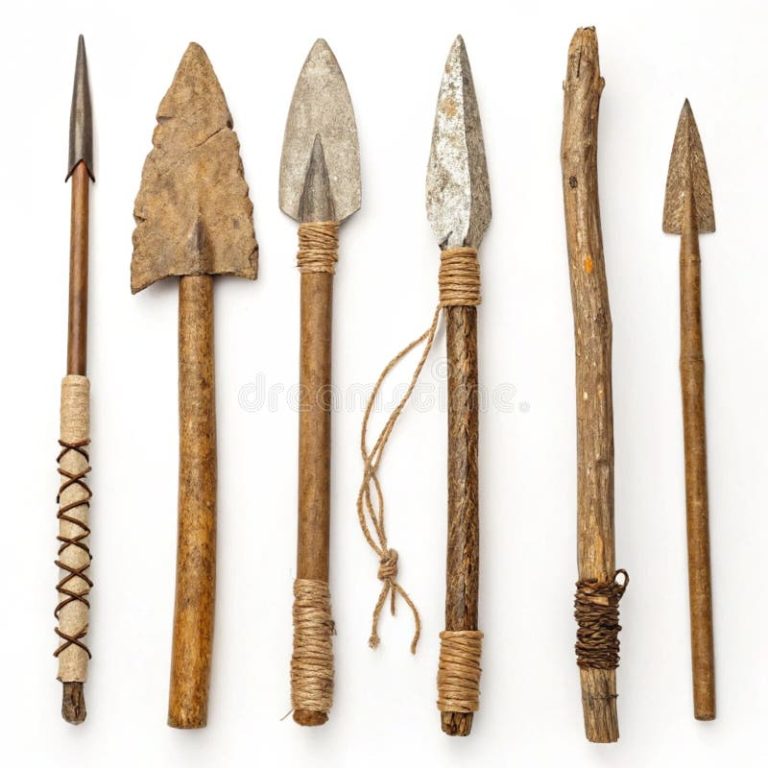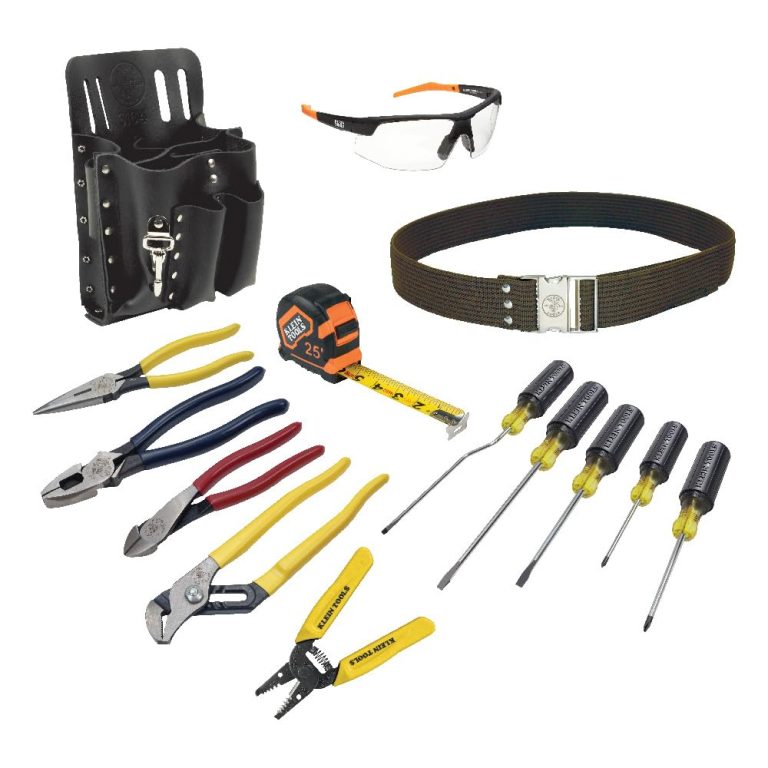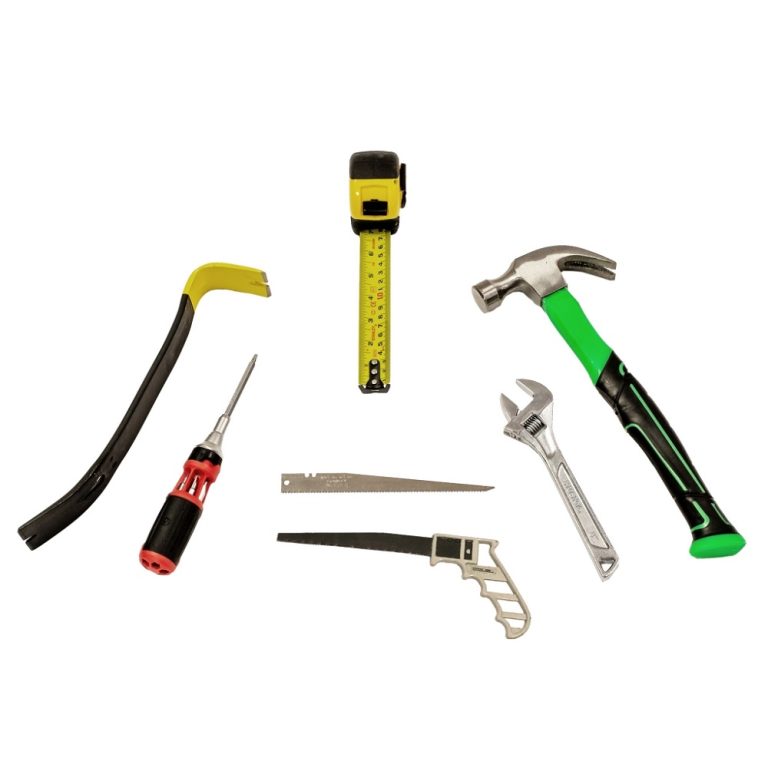Introduction to Sheet Metal Hand Tools
The Importance of Sheet Metal Fabrication
Sheet metal fabrication is a critical process in various industries, including automotive, aerospace, and construction. It involves cutting, bending, and shaping metal sheets into specific forms for use in a wide range of products. To achieve precision and quality in fabrication, the right tools are essential. Sheet metal hand tools are indispensable in this process, allowing fabricators to work efficiently and accurately. Understanding these tools and their applications is key to successful sheet metal fabrication.
Overview of Sheet Metal Hand Tools
Sheet metal hand tools come in various shapes and sizes, each designed for specific tasks in the fabrication process. Common tools include snips, shears, hammers, and forming tools. Selecting the right tools can greatly enhance the quality of work and minimize effort. Whether you are a professional fabricator or a hobbyist, investing in high-quality hand tools is crucial for achieving the desired results. This guide will explore essential sheet metal hand tools and their importance in the fabrication process.
The Evolution of Hand Tools
Over the years, sheet metal hand tools have evolved significantly. Early tools were basic and often required considerable physical strength to operate. Today’s tools are designed with ergonomics and efficiency in mind. New materials, designs, and technology have improved the functionality and durability of hand tools. As a result, modern fabricators can work with greater ease and precision. This evolution reflects the ongoing demand for improved performance and craftsmanship in the industry.
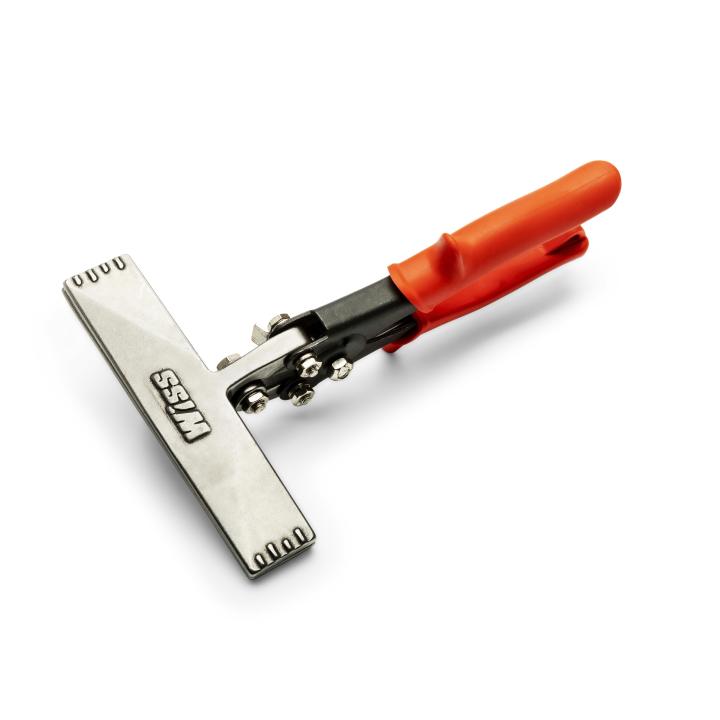
Essential Sheet Metal Hand Tools
1. Snips
Snips are one of the most common tools used in sheet metal fabrication. They are designed for cutting thin sheets of metal with precision. Available in different forms, such as straight-cut, left-cut, and right-cut snips, each type serves a specific purpose. Straight-cut snips are ideal for general cutting, while left and right snips provide greater control for cutting curves or intricate shapes.
Choosing the Right Snips
When selecting snips, consider the thickness of the metal you will be working with. Heavy-duty snips are recommended for thicker sheets, while lighter snips are better suited for thinner materials. Look for snips with comfortable grips to reduce hand fatigue during extended use. Test different models to find those that feel the most comfortable and effective for your needs.
2. Sheet Metal Shears
Sheet metal shears offer a different cutting method compared to snips. These tools are used for cutting larger sheets of metal in straight lines or curves. Shears can be manual or powered, with powered variants available for more demanding tasks. They provide a cleaner and more precise cut, which is essential for professional applications.
Benefits of Using Shears
Using shears can significantly enhance the efficiency of your fabrication process. The ability to cut larger pieces of material quickly reduces overall production time. Additionally, shears minimize the risk of jagged edges, resulting in cleaner finished products. Investing in a quality pair of shears can improve both the quality and speed of your work.
3. Hammers
Hammers are essential tools in the sheet metal fabrication process, used for various purposes such as shaping and riveting. A specific type of hammer, known as a metal forming hammer, is designed for metalworking. It features a flat face for striking and a rounded face for shaping curved components. Hammers are crucial for creating the desired shape and finish on sheet metal parts.
Selecting the Right Hammer
When choosing a hammer, consider the type of work you will be doing. Hammers come in different weights, so select one that is manageable while being effective for your tasks. The handle’s material, whether wood or fiberglass, can also affect your experience; choose a material that feels comfortable in your hand. A well-balanced hammer will give you better control, which is essential for precision work.
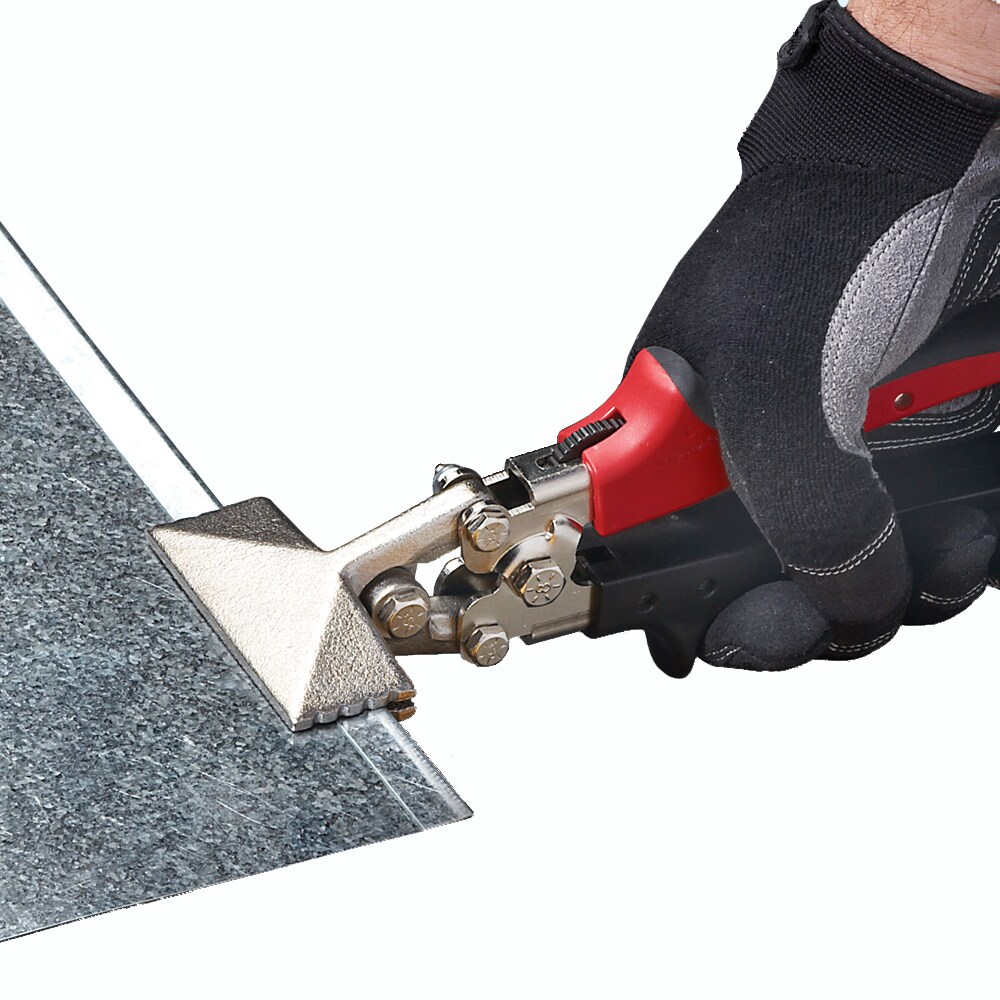
4. Vise Grips
Vise grips are invaluable for holding metal pieces securely while cutting or shaping. These locking pliers have adjustable jaws that provide a firm grip on the object. They are especially useful when working with thin sheets of metal, where manual holding may not provide enough stability.
Using Vise Grips Effectively
To use vise grips effectively, ensure they are tightened securely around the piece you are working on. Adjust the jaw size based on the thickness of the material to prevent slipping. Vise grips can be a real time-saver when manipulating pieces that require precise measurements or cuts. Having a good set of vise grips will enhance your overall efficiency.
5. Mallet
A mallet is a soft-faced hammer that is often used in sheet metal work to shape and form without damaging the material. Unlike regular hammers, mallets typically have rubber or plastic heads to provide controlled force without denting the metal. They are useful for driving punches, shaping edges, and assembling components.
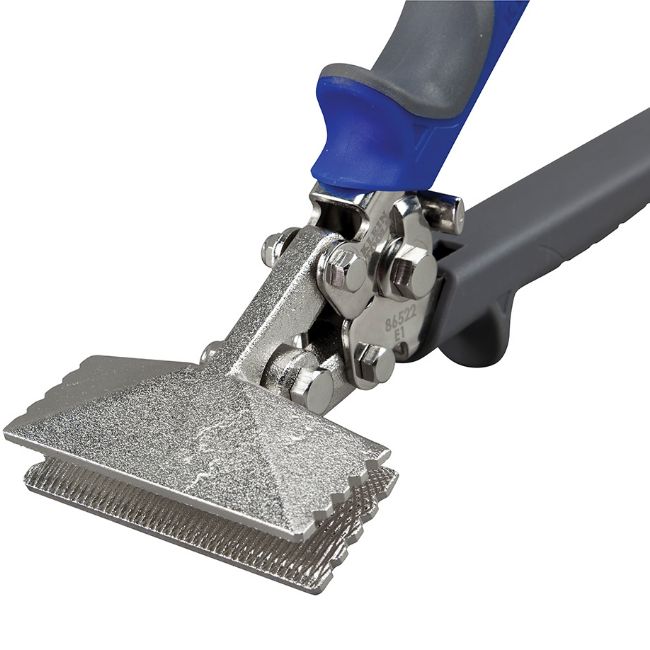
Advantages of Using a Mallet
The primary advantage of using a mallet is that it reduces the risk of damage to the workpiece. You can apply force without worrying about unintended dents or scratches. When working on delicate projects or when precision is required, a mallet is an indispensable tool. Investing in a quality mallet will prove beneficial for all your sheet metal projects.
6. Metal Files
Metal files are essential for refining and smoothing edges after cutting. They come in various shapes and sizes, such as flat, round, or half-round, to accommodate different tasks. Using files allows fabricators to achieve a finished surface that is free from burrs or sharp edges.
Selecting the Right File
Choose files that are appropriate for the type of metal you are working with. The coarseness of the file also matters; a coarse file is best for heavy removal, while a fine file provides a smoother finish. Always keep files clean and free from any debris to ensure optimal performance. Proper maintenance of your files extends their lifespan and improves their effectiveness.
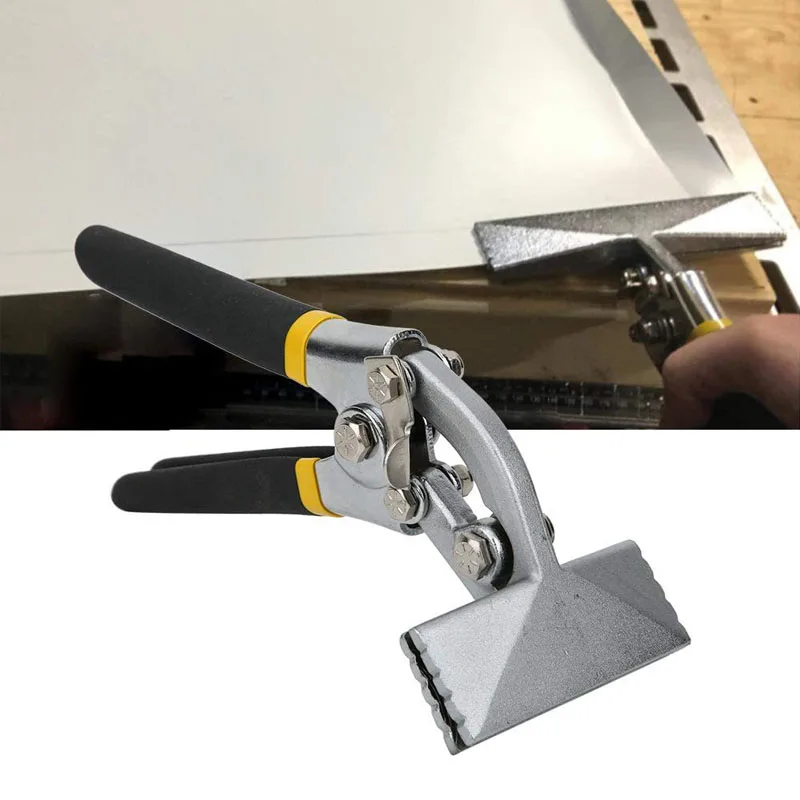
7. Measuring Tools
Accurate measurements are crucial in the fabrication of sheet metal parts. Measuring tools such as tape measures, rulers, and squares are essential for ensuring precision in your work. A good quality tape measure can measure both short and long distances, whereas a square allows you to check the angles of your cuts.
Investing in Measuring Tools
Investing in reliable measuring tools pays off, especially in a field where precision is critical. A retractable tape measure is versatile, allowing you to measure larger pieces accurately. A carpenter’s square is an excellent addition to ensure that your cuts are straight and angles are accurate. By using accurate measuring tools, you can enhance the quality of your projects and reduce waste.
Safety Measures When Using Hand Tools
Personal Protective Equipment (PPE)
Safety should always be a priority when working with sheet metal hand tools. Wearing appropriate personal protective equipment (PPE) is essential. At a minimum, use safety glasses to protect your eyes from flying debris. Additionally, gloves can prevent cuts and abrasions while handling sharp materials or tools.
Training and Experience
Gaining a proper understanding of how to use each tool safely is vital. Familiarize yourself with the instructions and safety guidelines for the tools you will be using. If you are uncertain about a tool or technique, seek guidance from experienced fabricators or watch instructional videos. Taking the time to learn proper methods ensures safe and successful fabricating.
Maintaining a Clean Workspace
A clean and organized workspace reduces the risk of accidents. Keep tools stored in designated areas when they are not in use, and ensure that your work surface is free from clutter. Spills or debris can create hazards, so it’s essential to clean up promptly. A well-organized work environment enhances efficiency and safety in your projects.

Conclusion: The Importance of Quality Hand Tools
Building Your Tool Collection
In summary, investing in quality sheet metal hand tools is essential for achieving success in fabricating projects. Each tool serves a specific purpose and contributes to the overall quality of your work. From measuring to cutting, the right tools make tasks easier and more accurate. As a beginner, it is wise to start with the essentials and gradually build a comprehensive toolkit based on the projects you undertake.
Embracing the DIY Journey
Embracing DIY projects can be a rewarding and fulfilling experience. The skills you develop through hands-on work will increase your confidence and capability as a fabricator. Learning how to use your tools effectively will lead to better results and meaningful accomplishments. Each project completed will enhance your skill set and broaden your understanding of sheet metal fabrication.
Community and Resources
Consider joining a community of like-minded individuals who share your passion for DIY projects. Online forums, local workshops, and maker spaces can provide helpful resources, support, and inspiration. Engaging with others who are also learning can foster a sense of camaraderie. Sharing successes, challenges, and knowledge can enhance your experience and motivate you to continue on your DIY journey.
Enjoying Your Craft
Finally, remember to enjoy the process of working with sheet metal hand tools. The satisfaction that comes from creating something with your own hands is unmatched. Celebrate your successes and learn from your mistakes as you grow as a DIY enthusiast. By embracing quality tools and developing your skills, you will unlock new levels of creativity and expertise. Create, build, and craft with confidence while utilizing the essential hand tools that empower your DIY projects!
